Nicknamed “Boat,” is an unusual member of the heron family.
#1

The Boat-billed Heron, also called the Boatbill, is a special bird that belongs to the heron family. It used to have its own family, called the Cochlearidae. This bird lives in mangrove swamps from Mexico to Brazil and is active at night. During the breeding season, it builds nests in mangrove trees and lays 2-4 eggs that are bluish-white in color.
#2
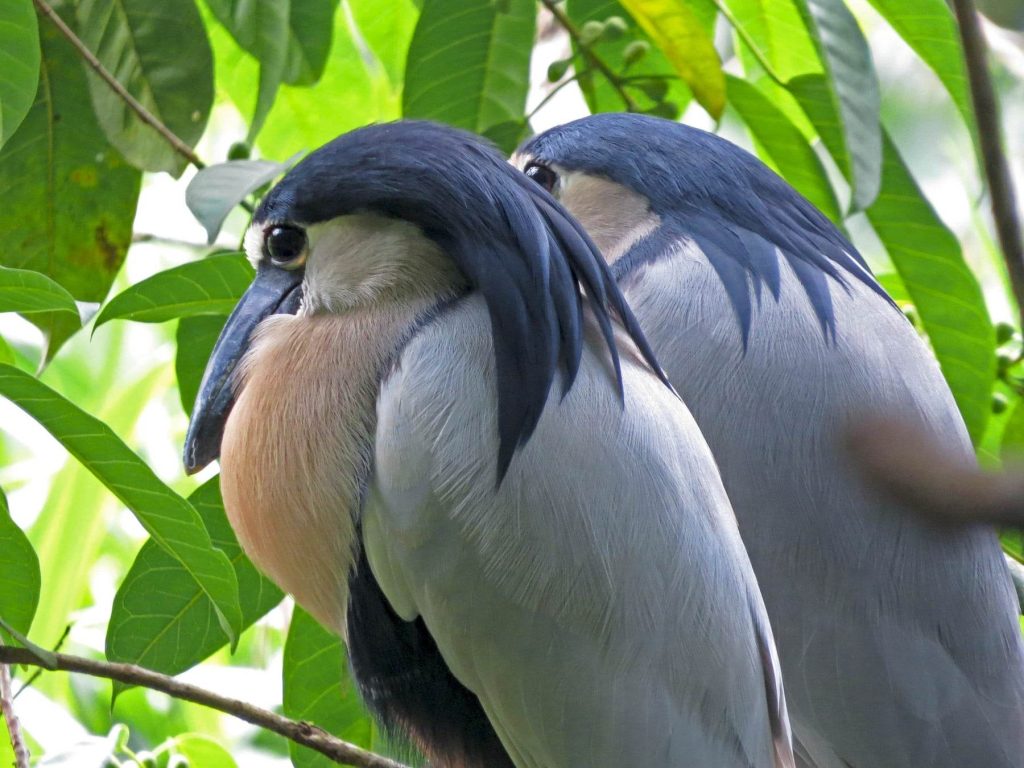
This bird has a special feature on its head called a crest. The crest is bigger in male birds and is believed to help them attract a mate.
#3

The males and females look alike, but females are smaller, lighter in color, and have shorter head feathers than males.
#4
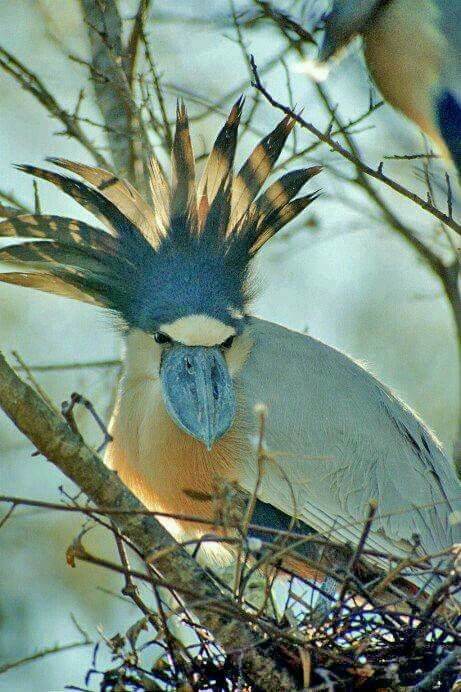
Baby birds just born have yellow-green skin with gray feathers on top. Their beak is black, and their legs are also yellow-green. Young birds are darker than grown-ups and don’t have a fancy head feathers.
#5
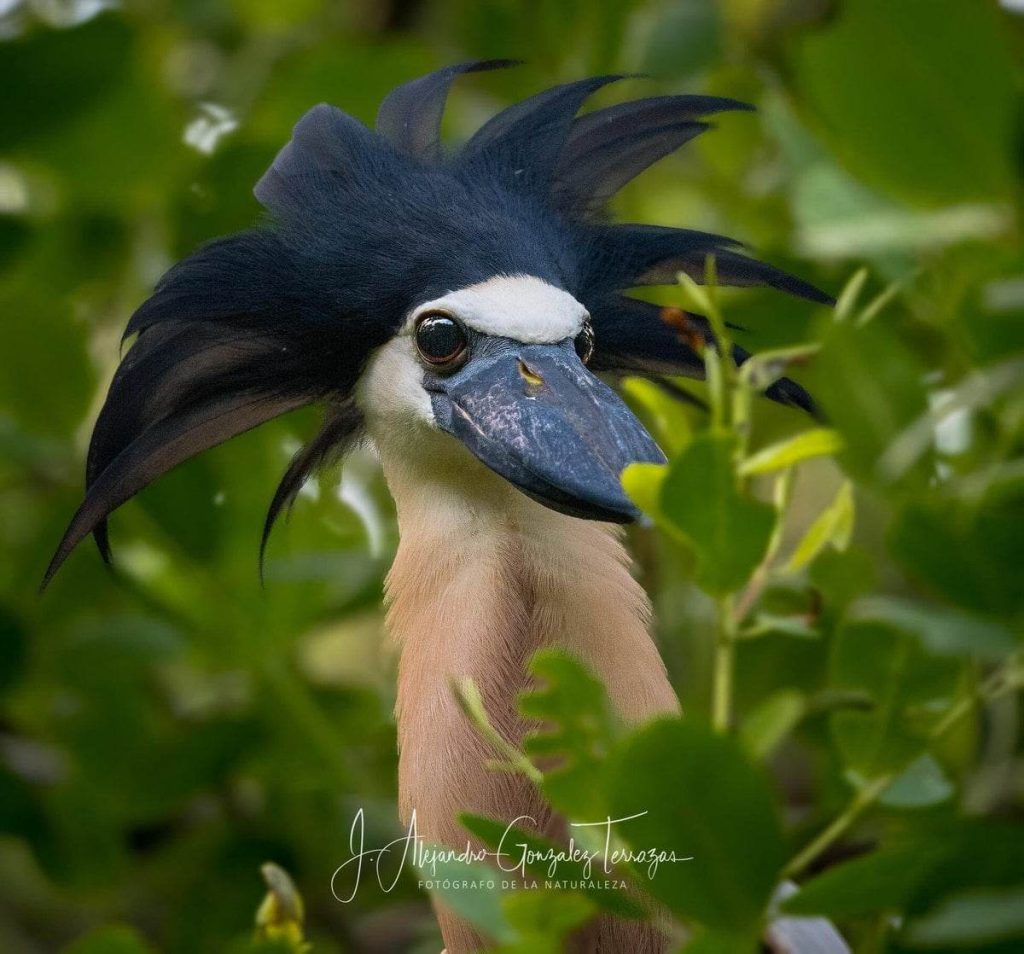
Boat-billed Herons breed in the rainy season and have been seen having two sets of eggs. Their first set is laid in February, at the end of the dry season, and can have two to four eggs. Usually, they lay more eggs during the first nest period than the second.
#6
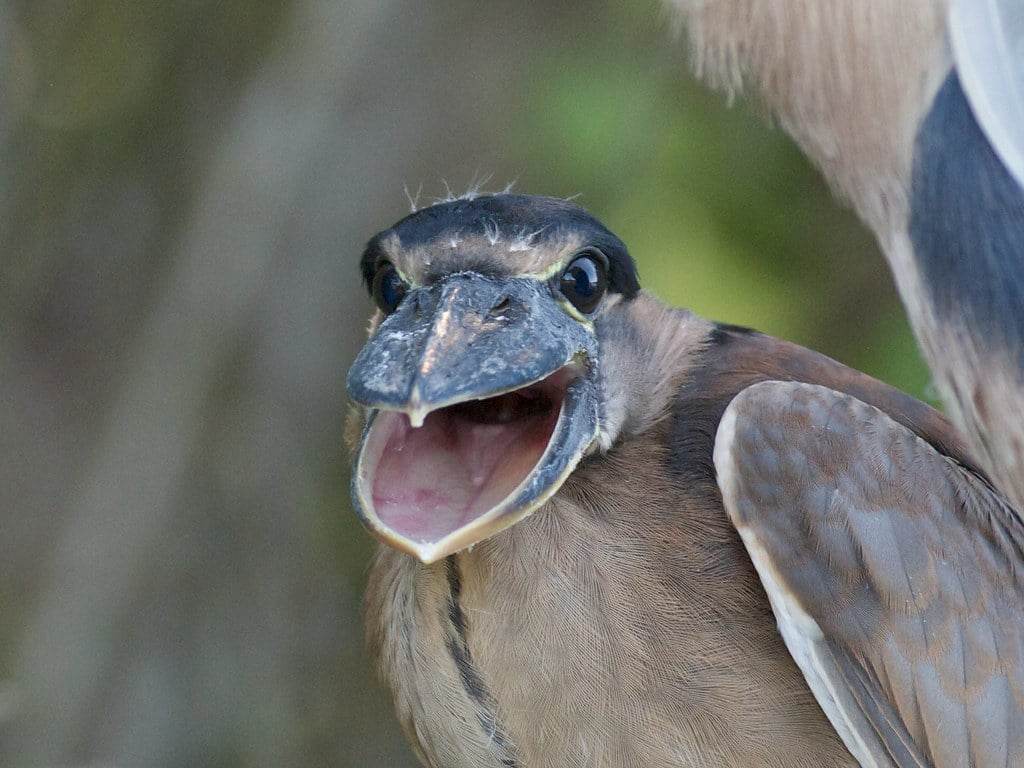
Herons often make their homes in groups, but sometimes they live alone. People can upset them by being too close, stopping them from having babies. Herons don’t like people coming close and will leave their homes if they have to.
#7

In 1760, a French scientist named Mathurin Jacques Brisson wrote about the boat-billed heron in his book “Ornithologie.” He based the description on a bird he found in French Guiana. He called the bird “La Cuillière” in French and “Cochlearius” in Latin. He also put the bird in a new group of birds that were not classified before.
#8
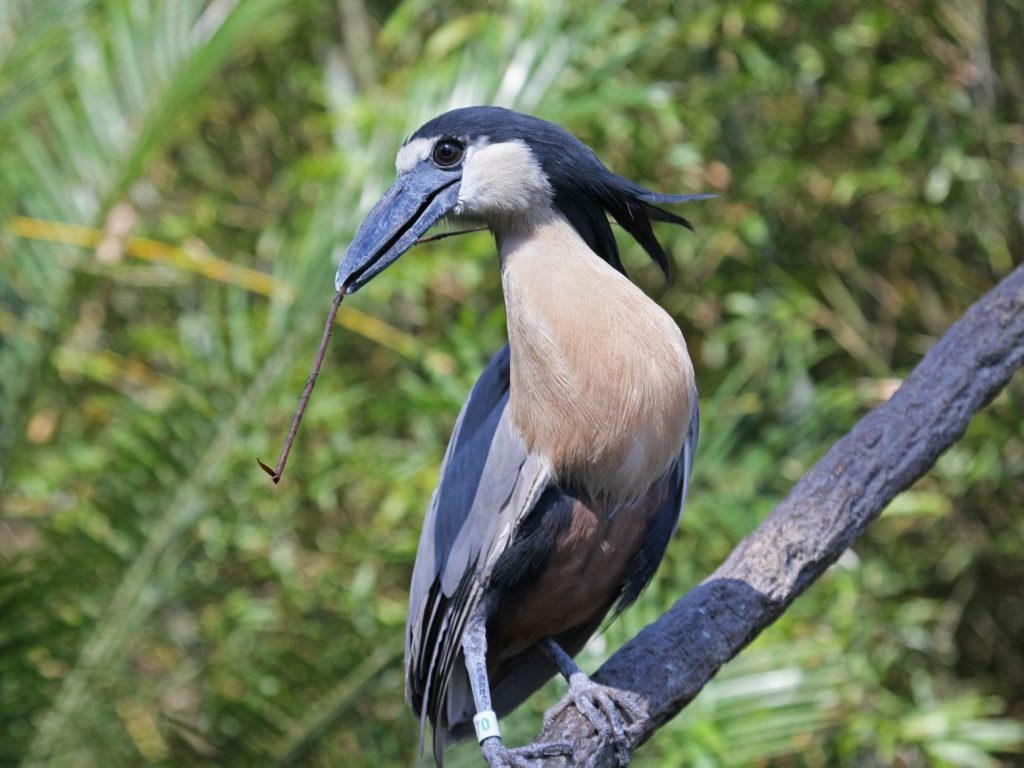
The boat-billed heron got its scientific name, Cancroma cochlearia, from the Swedish naturalist Carl Linnaeus. In 1766, Linnaeus updated his book about nature, Systema Naturae, and added 240 new species, including the boat-billed heron. He wrote a short description of the bird and named it Cancroma cochlearia, using the name Cochlearius, the same as the species’ name. He credited another scientist, Brisson, for his work on the bird.
#9
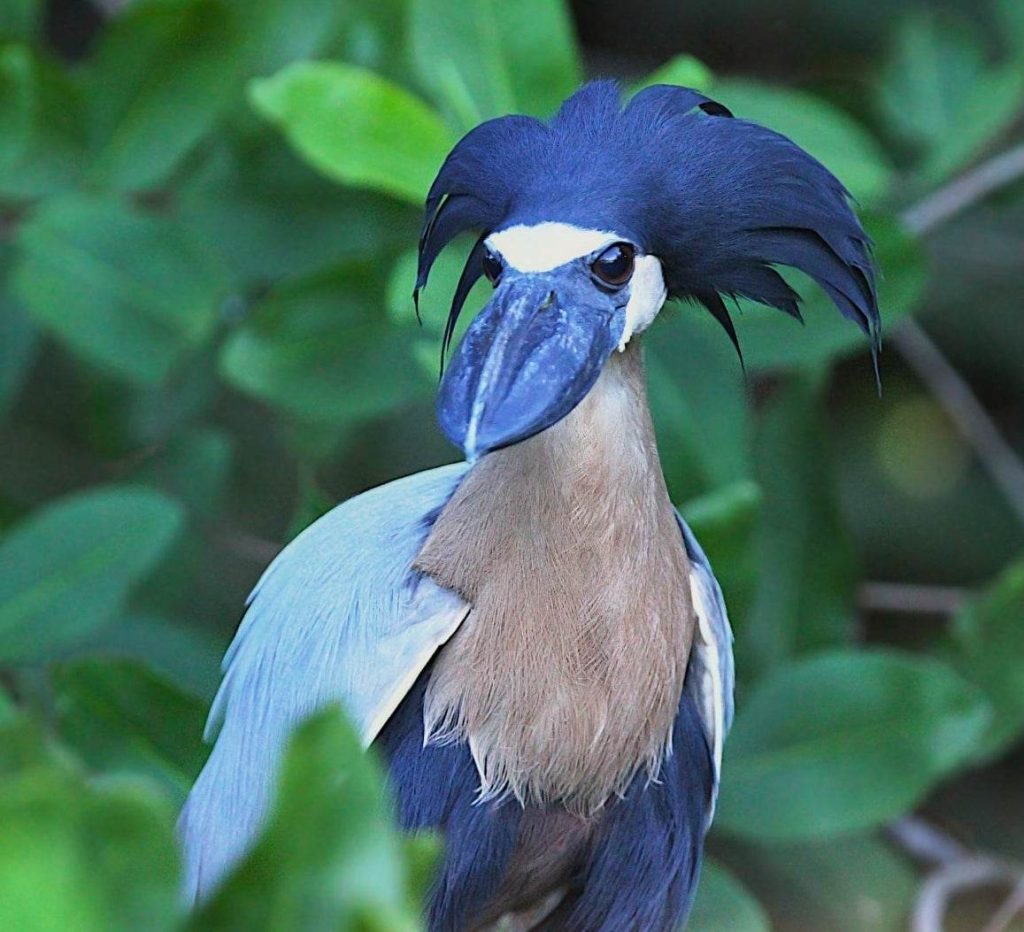
Brisson created Latin names for animals, but they need to follow the two-name system used by the International Commission on Zoological Nomenclature (ICZN). However, the names Brisson used for groups of animals (genera) are accepted by the ICZN. The boat-billed heron is now classified in Brisson’s genus, and its name is Cochlearius cochlearius. Cochlearius comes from the Latin word for a “snail shell-shaped spoon.”
#10
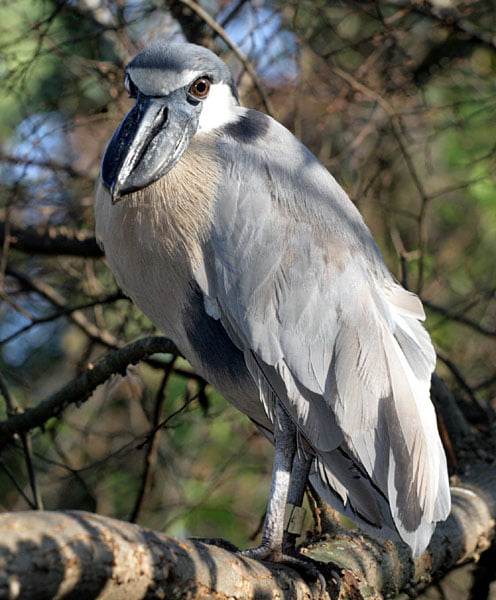
The Boat-Billed Heron is a bird that grows up to 21 inches long. It has a light grey to white color, a chestnut-colored belly, and black sides. This bird is called the Boat-billed Heron because of its large and scoop-like black bill. It also has a crest, which is bigger on male birds and is thought to be used to attract mates.
#11

The male and female birds look similar, but the females are a little smaller, have a gray color, and have a shorter crest than the males. When newly hatched, the young birds have green-yellow skin and gray feathers on their upper body. Their beak is black, and their legs are green-yellow. As they grow, they become darker and do not have a crest.
#12
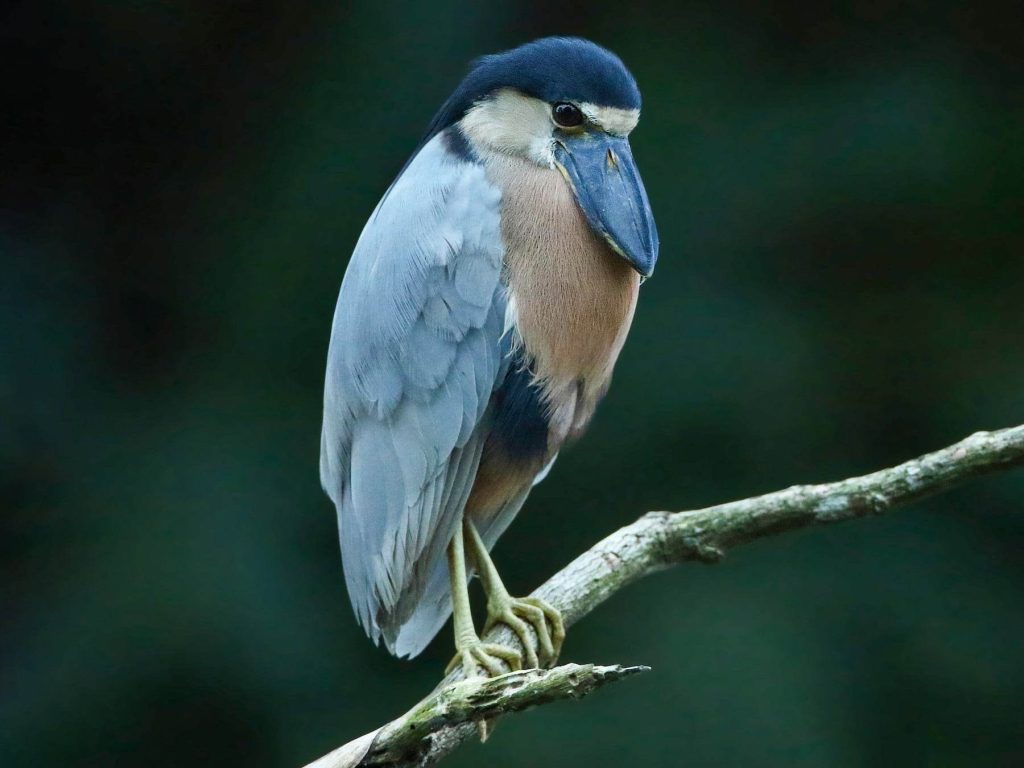
Boat-billed Herons hunt for food like shrimp and little fish called Dormitator latifrons (a type of sleeper goby). They usually look for food in areas with plants, shallow water, and shallow ponds. They stand on low branches and mangrove roots, searching for food in streams. In ponds, they move slowly through the water, about 4 inches deep, or hunt near the edge.
#13
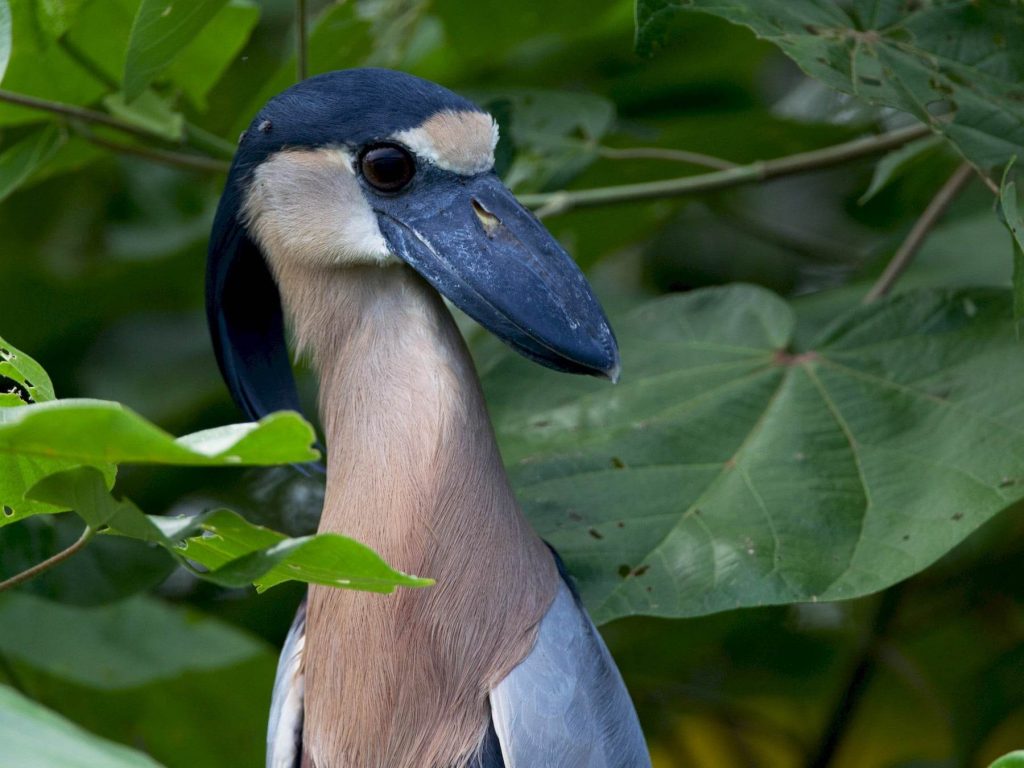
They suddenly jump at fish or scoop the water with their special bills to catch food. They also use two different hunting methods: standing still and slowly stalking their prey or splashing the water and chasing after it.
#14
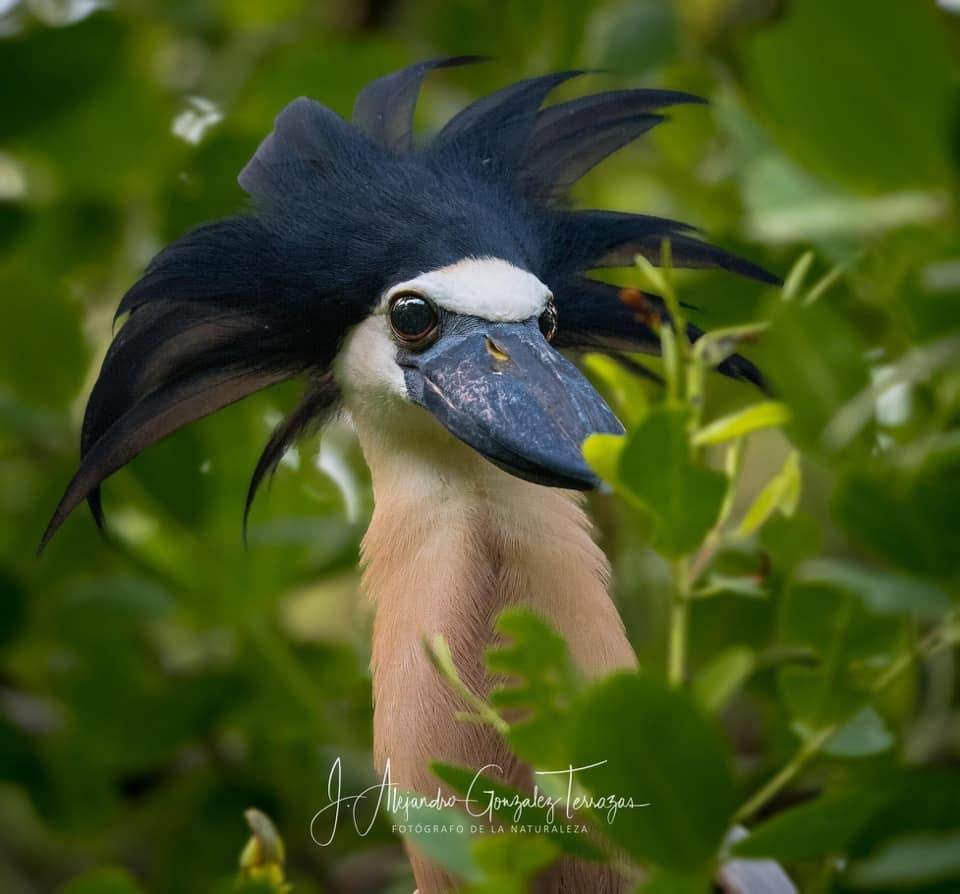
Boat-billed Herons hunt at night, often leaving their sleeping place 30 minutes after the sun goes down to find food. They don’t hunt during the day or when there is light from the moon or artificial light sources. Scientists think the birds’ bills are sensitive to touch and help them find food in the dark and shallow, muddy water.
#15
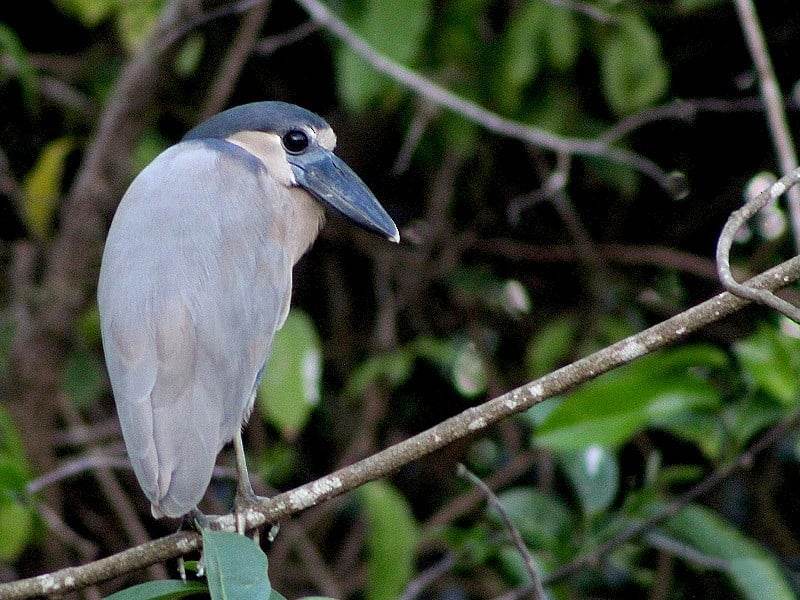
#16
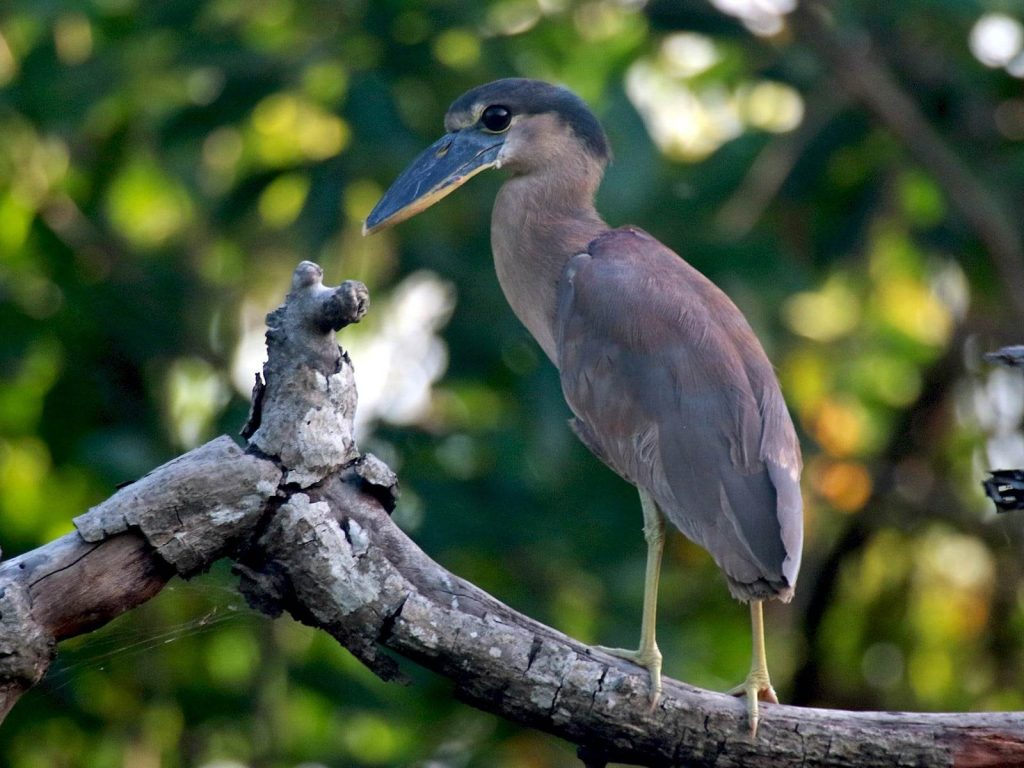
#17
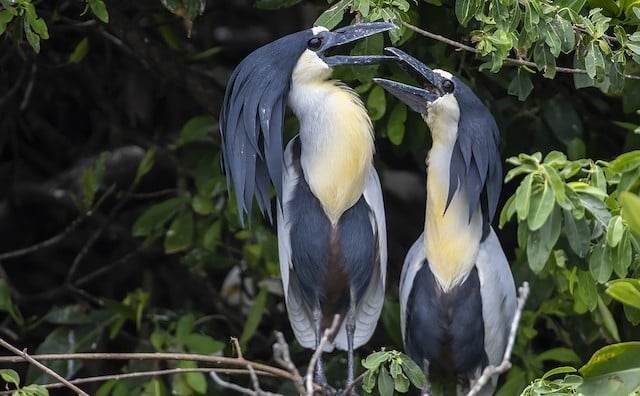
Could you go and check my other article also?








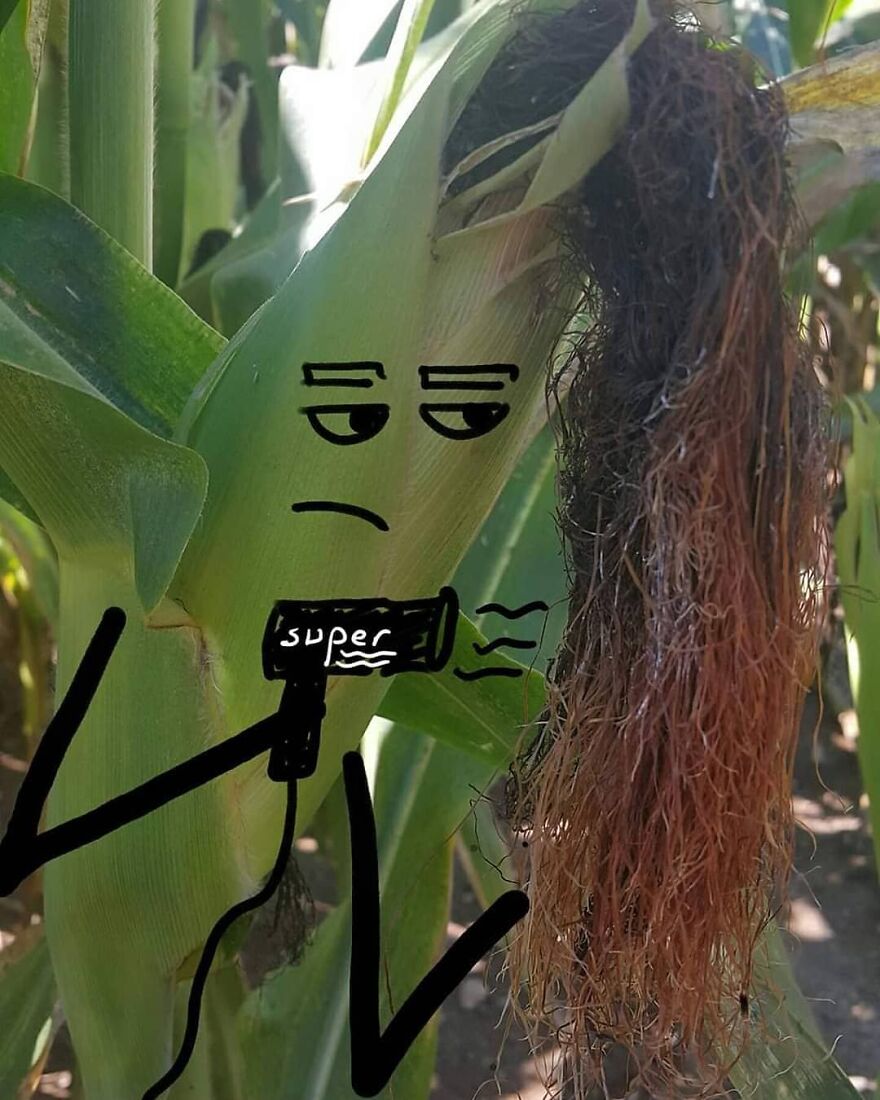


Howdy! I know this is somewhat off-topic however I had to ask.
Does managing a well-established website like yours require a
large amount of work? I am brand new to writing a blog however
I do write in my journal everyday. I’d like to
start a blog so I will be able to share my experience and thoughts online.
Please let me know if you have any ideas or tips for brand new aspiring bloggers.
Thankyou!